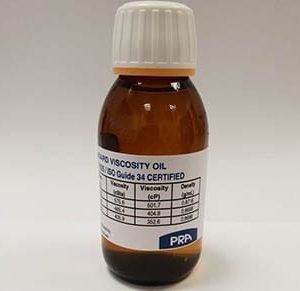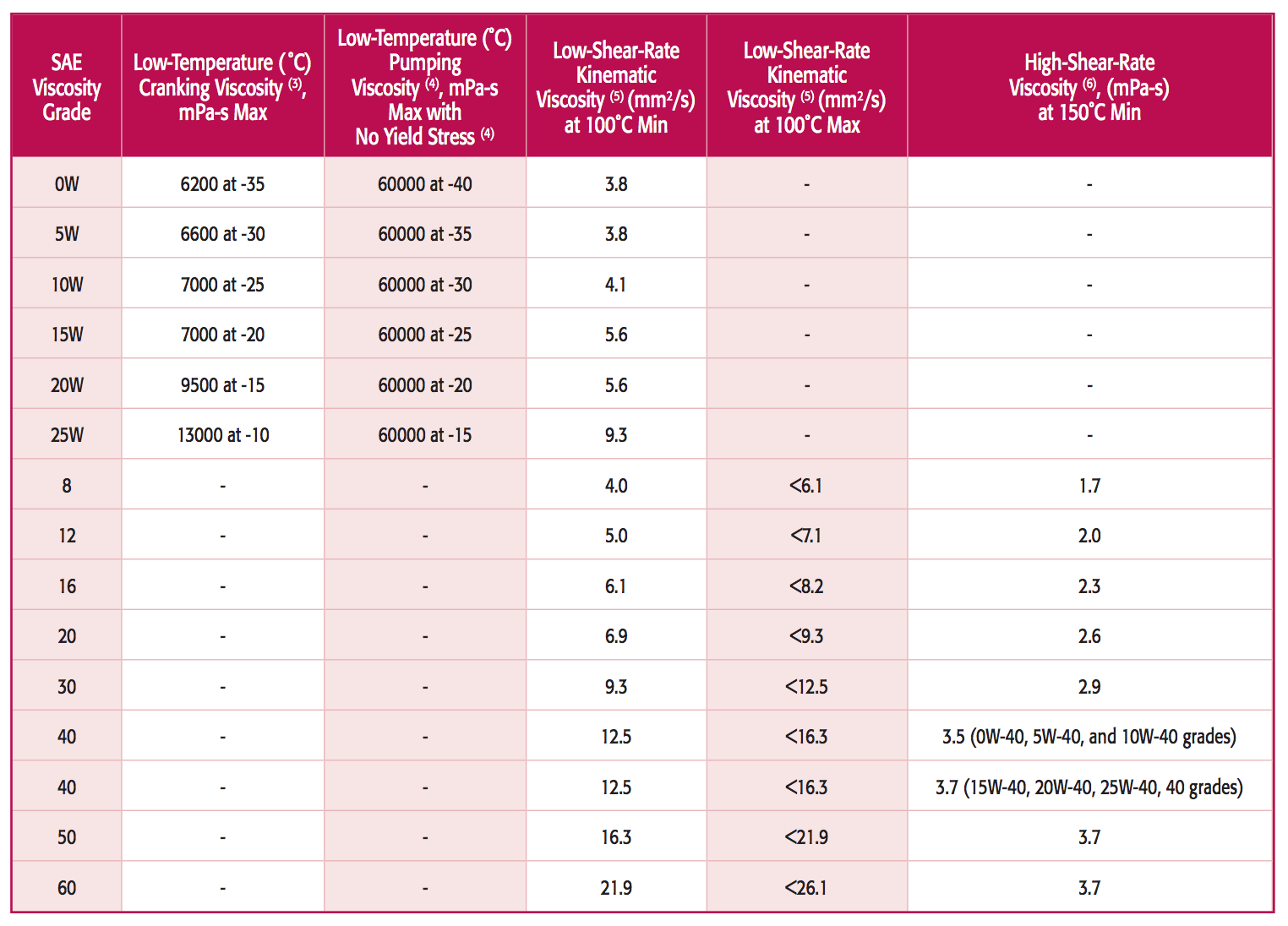


Testing which viscosity grade is the best? It can either be measured by the Capillary Tube Viscometer test method or through the Rotary viscometer test method.ĭon’t worry as we don’t have to perform any of these tests to find the viscosity of engine oil because the manufacturers label each and every bottle of engine oil with their respective grades. We cannot measure the viscosity of engine oil through the naked eye or by some tricks if you will as it requires scientific apparatus called a viscometer. Other than that, the key performance indicators of the oil like oil consumption, fuel economy, and viscosity index are also directly linked to it. It not only dictates the flow characteristics of the oil inside the engine but also how much effective the oil will be against wear and tear. Viscosity Number is the most crucial property of oil as the whole operation of the engine depends upon it. Can I Use 5W- 20 Instead of 5W-30? Why do Viscosity Numbers matters?.Side Note: For better understanding you may want to check the following: Mono-Grade Oils Multi-Grade Oils SAE 0W SAE 0W-20 SAE 5W SAE 0W-40 SAE 15W SAE 0W-30 SAE 20W SAE 5W-20 SAE 25W SAE 5W-30 SAE 30W SAE 5W-50 SAE 8 SAE 10W-30 SAE 12 SAE 10W-40 SAE 16 SAE 10W-50 SAE 20 SAE 15W-40 SAE 30 SAE 15W-50 SAE 40 SAE 15W-60 SAE 50 SAE 20W-50 SAE 60 SAE 80W-90ģ03 Hydraulic Oil Vs AW 32 (Which Is Better To Choose) There are a limited number of mono-grade oils, but we can combined them to make any number of multi-grade oils as per our needs and preferences. Today you will find almost all of the engine’s oils to be multi-graded. The main benefit of multi-grade oils is that they could be used for both cold and hot temperatures whereas the monograde oils were restricted to a very small temperature range. In other words, the “XW-XX” categorization described earlier in the introduction is known as multi-grade viscosity. They show viscosity for both cold and hot temperatures. On the other hand, multi-grade oils are more common today and are used in modern vehicles.

These grades were used to describe lubricants manufactured for older vehicles.įor colder regions, we have to use grades with ‘W’ marking e.g., SAE 5W and for hotter regions, we had to use grades without the ‘W’ marking e.g., SAE 20. Monograde represents the viscosity of the oil at a single temperature range e.g., for any winter grade it is -10° to -35° C. There are basically two types of engine oil viscosities:


 0 kommentar(er)
0 kommentar(er)
